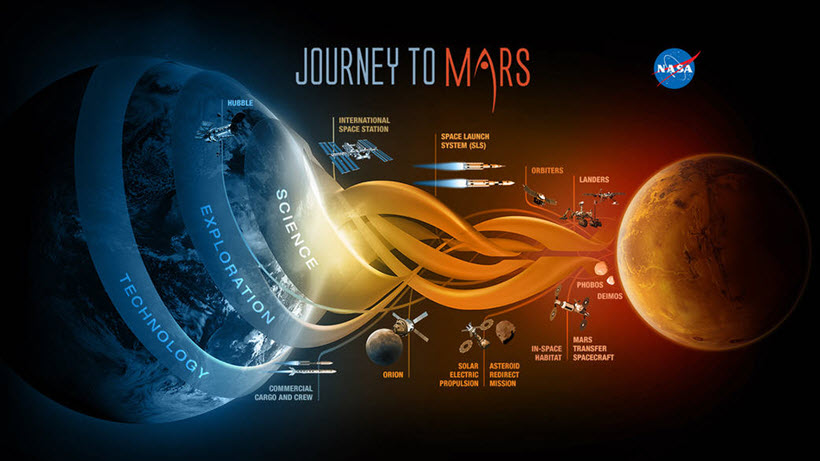
The Buffalo Trace Distillery Single Oak Project is part of an intensive research project started back in 1999 by hand-picking and harvesting 96 individual oak trees with varying wood grains. Each tree would yield two barrels, one from the top half of the tree and one from the bottom, 192 unique barrels in total.
Over the past four years, Buffalo Trace Distillery has been incrementally releasing 192 different bottlings of the Single Oak Project Bourbon and asking whiskey enthusiasts to vote on their favorite at SingleOakProject.com. The ambitious goal of this research was to create the perfect bourbon, based on feedback from bourbon drinkers. In total, 5,645 people participated in the Single Oak Project which collected 5,086 unique whiskey reviews. On average, each of the 192 whiskies was evaluated 26.2 times.
Stay Informed: Sign up here for our Distillery Trail free email newsletter and be the first to get all the latest news, trends, job listings and events in your inbox.
The public has spoken and Single Oak Project Barrel #80 has been chosen as their favorite bourbon, while Buffalo Trace Distillery has gained a wealth of information through this research, such as how entry proof, wood grain, and even the cut of the tree can affect the taste of bourbon.
Seven different variables were studied over the course of the project:- Recipe (wheat or rye)
- Entry proof (105 proof or 125 proof)
- Stave seasoning (six months or 12 months)
- Grain size (tight, average, or coarse grains)
- Warehouse (concrete floor or wooden rick floor)
- Char level (number three or number four char)
- And tree cut (top or bottom half of the tree)
The winning bourbon was from Barrel #80. It was,
- Rye recipe bourbon
- A barrel made from oak harvested from the bottom half of the tree
- Staves seasoned for 12 months
- Grain size of the wood was considered average
- The barrel received a number four (#4) char inside.
- The whiskey entered the barrel at 125 proof
- Aged in a concrete floor warehouse
- All of the Single Oak Project bourbons were aged for eight years
Along with helping to select the perfect bourbon, the online reviews provided invaluable whiskey research. It is important to note these results are not intended to speak for the industry and only pertain to Buffalo Trace Distillery’s whiskeys.
Here’s what our tasters discovered.
Aroma: Bourbons that produced the best aroma were made with a,
- Wheat recipe,
- Entered at 105 proof
- Aged in barrels whose staves seasoned for six months
- In wood made from the bottom half of the tree
Flavor: If flavor is your most important factor when picking a bourbon, then the research shows,
- Barrels made from the bottom half of the tree were a safer bet.
Smooth Finish: For those looking for the smoothest finish, a bourbon,
- Aged in barrels from (again!) the bottom half of the tree
- A number three (#3) char
- And nine tree growth rings per inch scored the highest
“The knowledge gained from conducting this research experiment is priceless,” stated Mark Brown, president and chief executive officer of Buffalo Trace Distillery. “We can now compare and confirm how each of these variables in the bourbon making process affects the finished product, which will only refine our experimental program and help us create even better whiskeys in the future.”
Buffalo Trace Distillery is now making plans to start producing the winning formula from Barrel #80, for future batches of Single Oak Bourbon. Only one frustration remains, this can’t happen overnight. The oak must be harvested, staves dried for 12 months, and then the bourbon must be aged for eight years. Mark your calendars for the year 2025!
“We are flattered and thankful that so many whiskey connoisseurs took the time to participate in this experiment,” said Bourbon Marketing Director Kris Comstock. “Although we’re not quite sure how the tree loggers plan to harvest wood solely from the bottom half of the trees, we’re eager to get more barrels and start producing more of the winning Single Oak Project bourbon!”
Distillers are kind of like NASA astronauts.
When you think about a NASA mission you know it must take a long time between planning. Doing a quick search for a 2025 mission I discovered NASA’s Journey to Mars. NASA is developing the capabilities needed to send humans to an asteroid by 2025 and Mars in the 2030s – goals outlined in the bipartisan NASA Authorization Act of 2010 and in the U.S. National Space Policy, also issued in 2010. So you see, a fine bourbon requires more planning, time and patience then sending a man to mars.





